Gallery: The World's Weirdest Balancing Rocks
Balancing rock
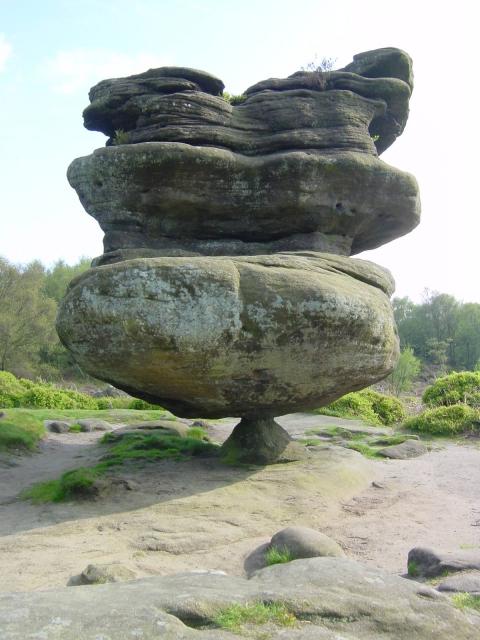
This balancing rock formation is one of the Brimham rocks, located on Brimham Moor in North Yorkshire, England. Made of millstone grit, it was carved over time through water and wind erosion. The bottom layer eroded fastest.
Balancing column
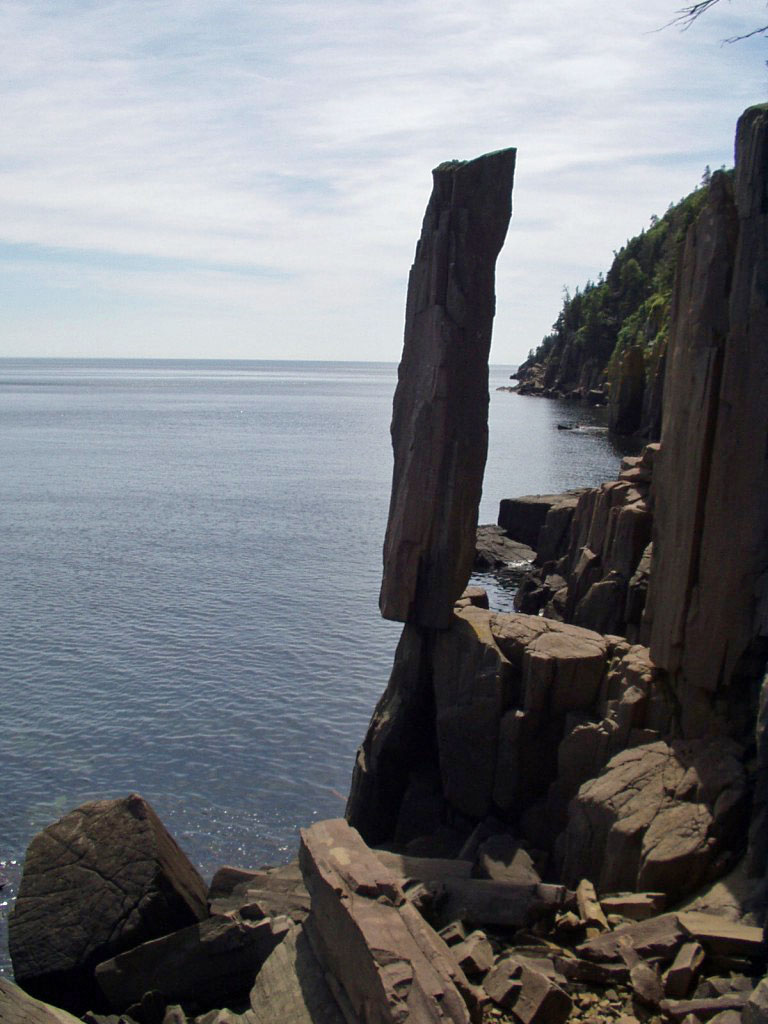
This strange "basalt stack" balances precariously over the water near Digby, Nova Scotia, in Canada.
Precarious boulder
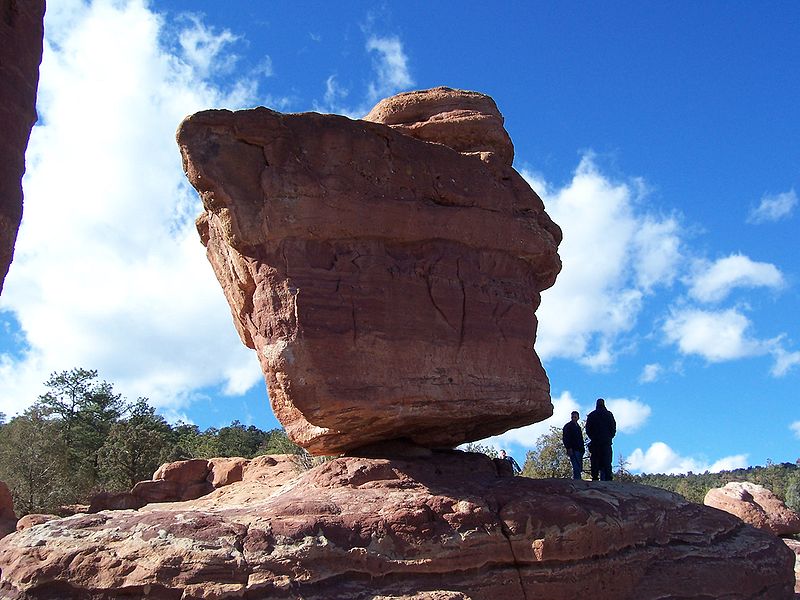
This huge sandstone boulder sits atop a rocky outcrop in Garden of the Gods park near Colorado Springs.
Mother and child

Zimbabwe's Matobo Hills are composed entirely of granite, which weathers into fantastic shapes, such as these balancing rocks known as Mother and Child Kopje.
Pedestal rock

This limestone rock formation in Egypt's White Desert is not a true balancing rock. Usually found in desert areas, these so-called mushroom rocks, also known as pedestal rocks, form over thousands of years when wind erosion of an isolated rocky outcrop progresses at a different rate at its bottom than its top.
Glacial erratic

Yeager Rock, a 440-ton "glacial erratic" on the Waterville Plateau, Washington, ice-rafted to its present location 13,000 years ago inside the 4,000-foot-thick Cordilleran Glacier. The boulder plunked down when the ice melted.
Glacial erratic
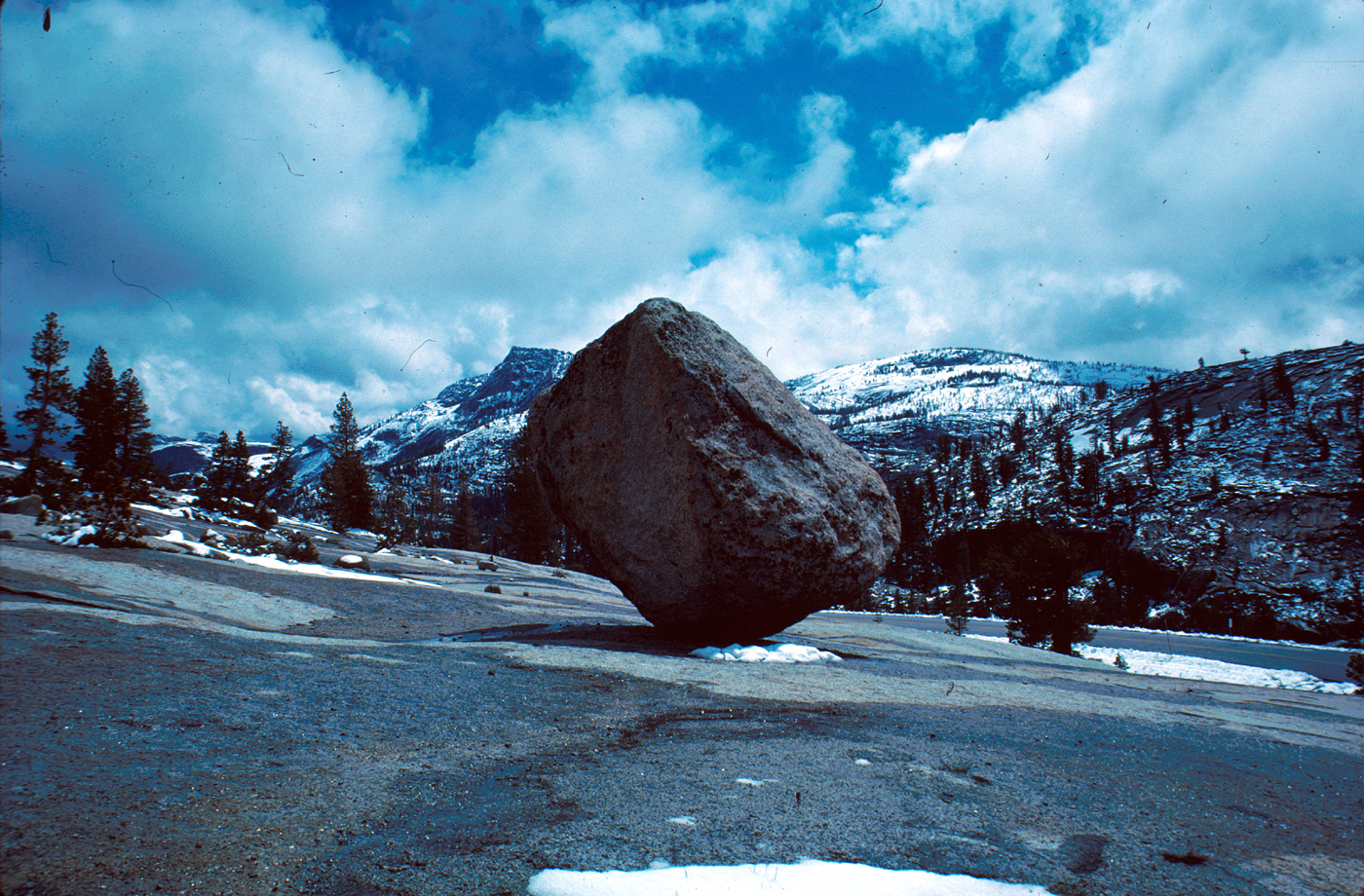
This glacial erratic in California's Yosemite National Park was transported by a glacier and left precariously balanced near Olmstead Point as the ice melted.
Get the world’s most fascinating discoveries delivered straight to your inbox.
Capped rock
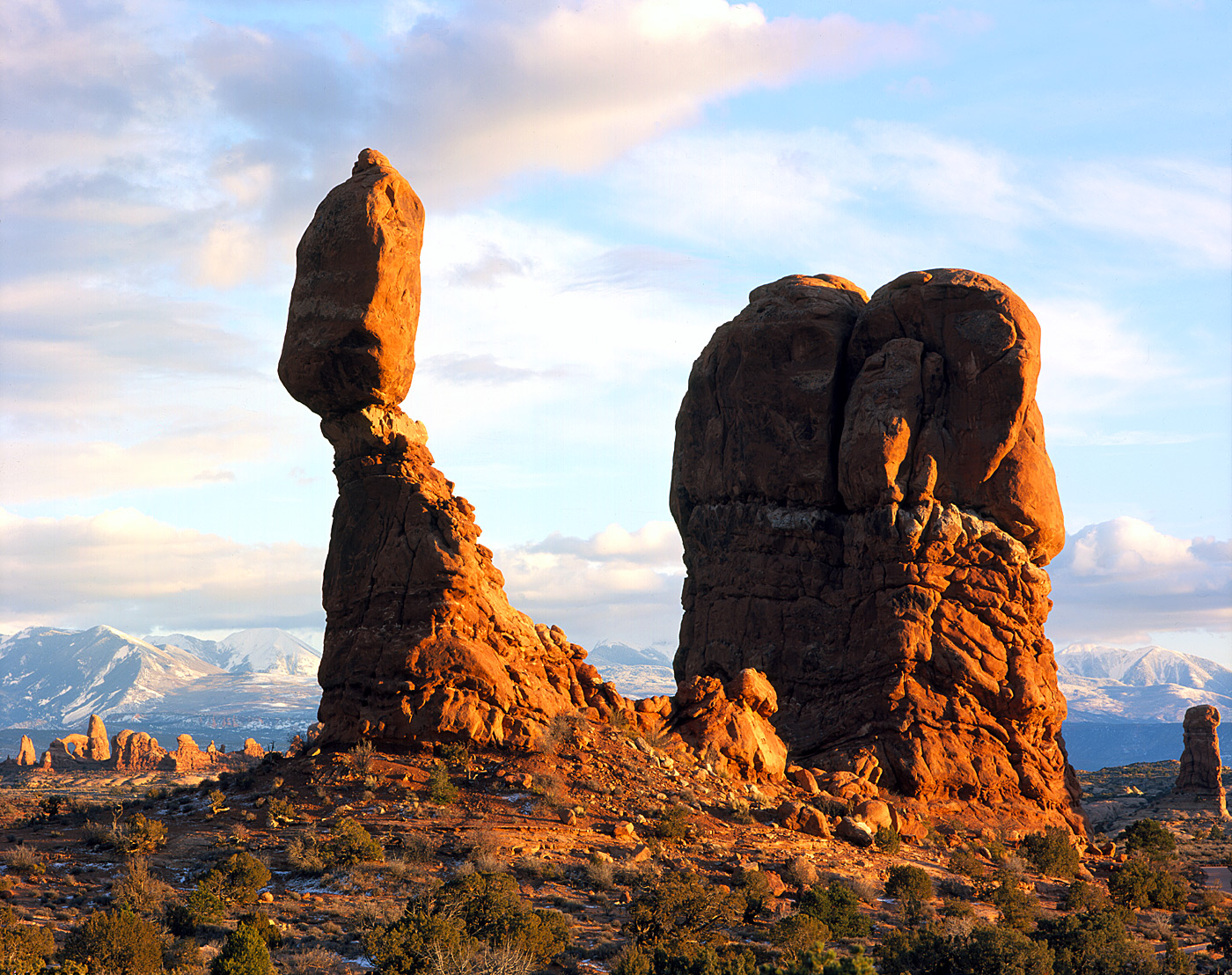
These balancing rocks in Utah's Moab Desert formed because wind eroded the lower-down rock layers faster than it eroded the thicker caprock. Because earthquakes can topple these balancing rocks, their presence indicates that an area exhibits tectonic stability.
Glacial erratic

"Krishna's butterball" is a giant glacial erratic perched on a hillside near Mamallapuram, India.
Natalie Wolchover was a staff writer for Live Science from 2010 to 2012 and is currently a senior physics writer and editor for Quanta Magazine. She holds a bachelor's degree in physics from Tufts University and has studied physics at the University of California, Berkeley. Along with the staff of Quanta, Wolchover won the 2022 Pulitzer Prize for explanatory writing for her work on the building of the James Webb Space Telescope. Her work has also appeared in the The Best American Science and Nature Writing and The Best Writing on Mathematics, Nature, The New Yorker and Popular Science. She was the 2016 winner of the Evert Clark/Seth Payne Award, an annual prize for young science journalists, as well as the winner of the 2017 Science Communication Award for the American Institute of Physics.

